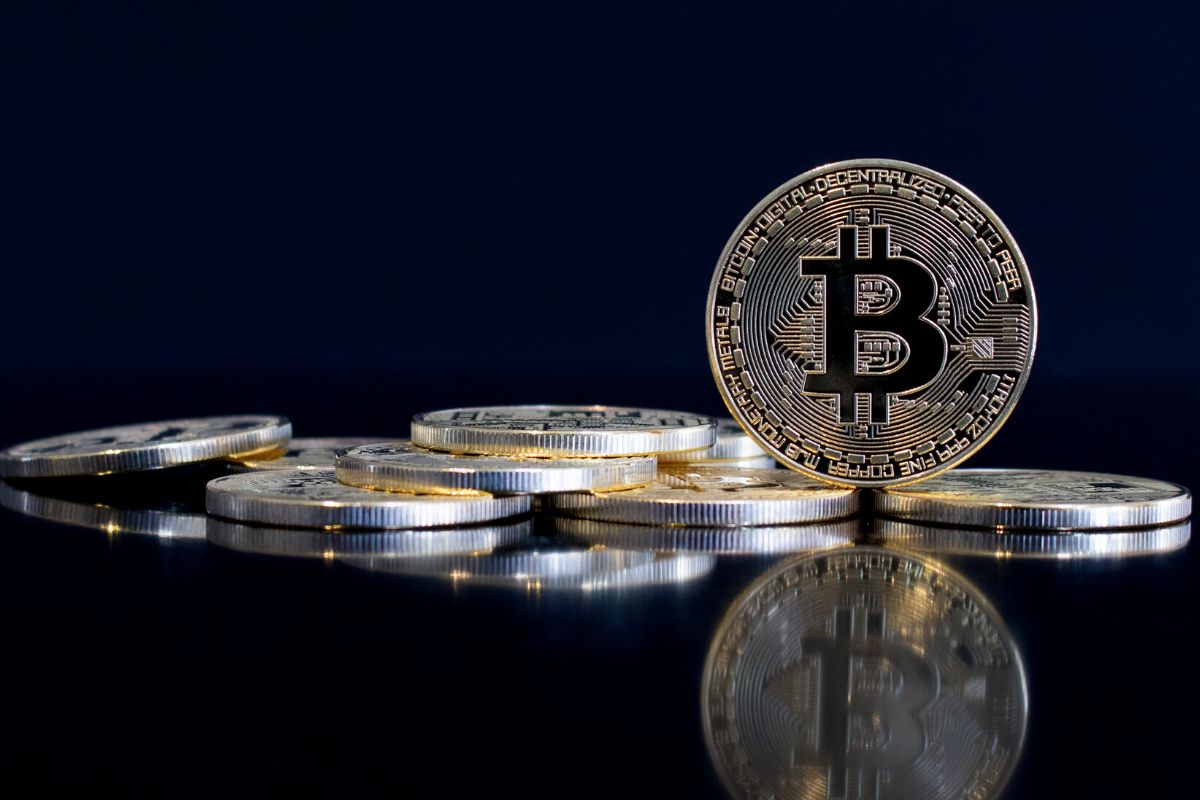The past few years have seen a rise in interest in Bitcoin and other crypto-assets. However, businesses and organizations are unable to use Bitcoin and other cryptocurrencies as a mechanism of value transfer due to the significant volatility of the cryptocurrency market. Stablecoins have a crucial part in this. They enable end consumers to benefit from cryptocurrencies without being subjected to their extreme price volatility.
Stablecoin characteristics
- Stablecoins are backed by tangible assets or fiat money.
- The direct equivalent of the asset or money belongs to the stablecoins’ owner.
- Political neutrality and strength, with no deterioration of token worth over time.
Benefits of Stablecoin
The following advantages of stablecoins have increased demand for stablecoin development services due to their popularity.
-
Zero Volatility
A stablecoin model’s mechanism relies on value stabilization. As a result, in cases of undervaluation or overvaluation, the value is automatically stabilized to reduce volatility in the stablecoin.
-
Liquidity
Stablecoins are digital currencies that are backed by real assets like gold, oil, or fiat money like US dollars, euros, and others. Physical assets and fiat money can both be easily liquidated. In actuality, liquidating stablecoins is simple. Because of this, they serve as a link between traditional financial systems and DLT marketplaces. The liquidity factors are heavily stressed by ICO development services since they draw more users.
-
Transparency in transactions
A blockchain is a foundation for stablecoins. As a result, the transactions are visible to every network user. Additionally, several stablecoins conduct routine audits to give users complete transparency into how they are backed.
-
Accelerated transactions
Financial operations can move more quickly thanks to stablecoins and associated infrastructure. A stablecoin can speed up the hours-long financial settlements that require regular banking.
How to create a stablecoin
Stablecoin use cases are always developing. Stablecoin development services need to be strategically planned and sold based on the use cases. The four processes for creating a stablecoin from beginning to end are listed below.
1. Stablecoin Approach
Stablecoins can be divided into four categories: algo-based, fiat-backed, commodity-backed, and crypto-backed. There are various use cases for each of these categories. In order to maintain a constant value for the stablecoins, the precision of the reserve holding must be strategically planned. The best plan can be developed with assistance from an expert stablecoin development business.
Fiat-backed
- · Centralized
- · Demand trust
- · Strong regulation and auditing
Crypto-backed
- · Decentralized in consensus,
- · High liquidity
- · Efficient
- · Transparent
Commodity-backed
- · Stable and trustworthy
- · Centralized
- · Need auditing
Algo-based
- · Centralized
- · Stable
- · Not backed by any real-world asset
2.) Whitepaper Creation
A whitepaper explains the project’s concept to investors. Therefore, it must be technically complete and understandable. It must explain to the users the concept, the technology, the tokenomics, and other information. Basically, it should aid investors in making wise choices.
3.) Development of tokens
The type of stablecoin that one picks will determine how the token is created. What the token is actually backed by is the most crucial factor in this situation. The fiat deposits must be built if the token is backed by currency. Gold deposits must be protected by a vault service provider if the token is backed by gold.
4.) Token Marketing
To increase stablecoin adoption, an efficient marketing plan must be developed. This can entail contacting possible backers or influencers through email, social media, or other avenues.
How do stablecoin operators make money?
A stablecoins business plan provides a decent chance to make money. The operators’ sources of income include:
-
Fees for transactions
When customers redeem currency for their stablecoin holdings, the operators levy a fee. Additionally, there are fees for transferring fiat currency into stablecoins.
-
Interest Income
Issuers of centralized stablecoins may decide to lend funds from their fiat balance sheets. The balance sheets are typically lent to the institutions of insured third parties, and the stablecoin issuers are paid interest on the principal. Stablecoin development companies can assist in integrating such platforms.
It’s interesting to note that stablecoin users can also make money using stablecoins:
-
Money on Margin
Margin traders may borrow stablecoins from users. There are numerous exchanges that serve as a middleman to connect users with margin traders. For lending their stablecoins, users receive an agreed-upon interest rate.
-
Getting Paid Interest
Some businesses enable stablecoin users to fund their interest accounts with their assets. Interest is accrued on the stablecoin balances in these accounts.
Our company is a stablecoin development and it will assist you to grow your business. From concept generation and white paper writing to coin development, launch, and marketing, we provide entire stablecoin development services.
To discuss your demands for stablecoin development, schedule a free demo of one of our projects for stablecoin development or get in touch with one of our subject matter experts.
Hope that this blog was able to clear all your doubts and queries related to stablecoins – what they are and how to build one.












